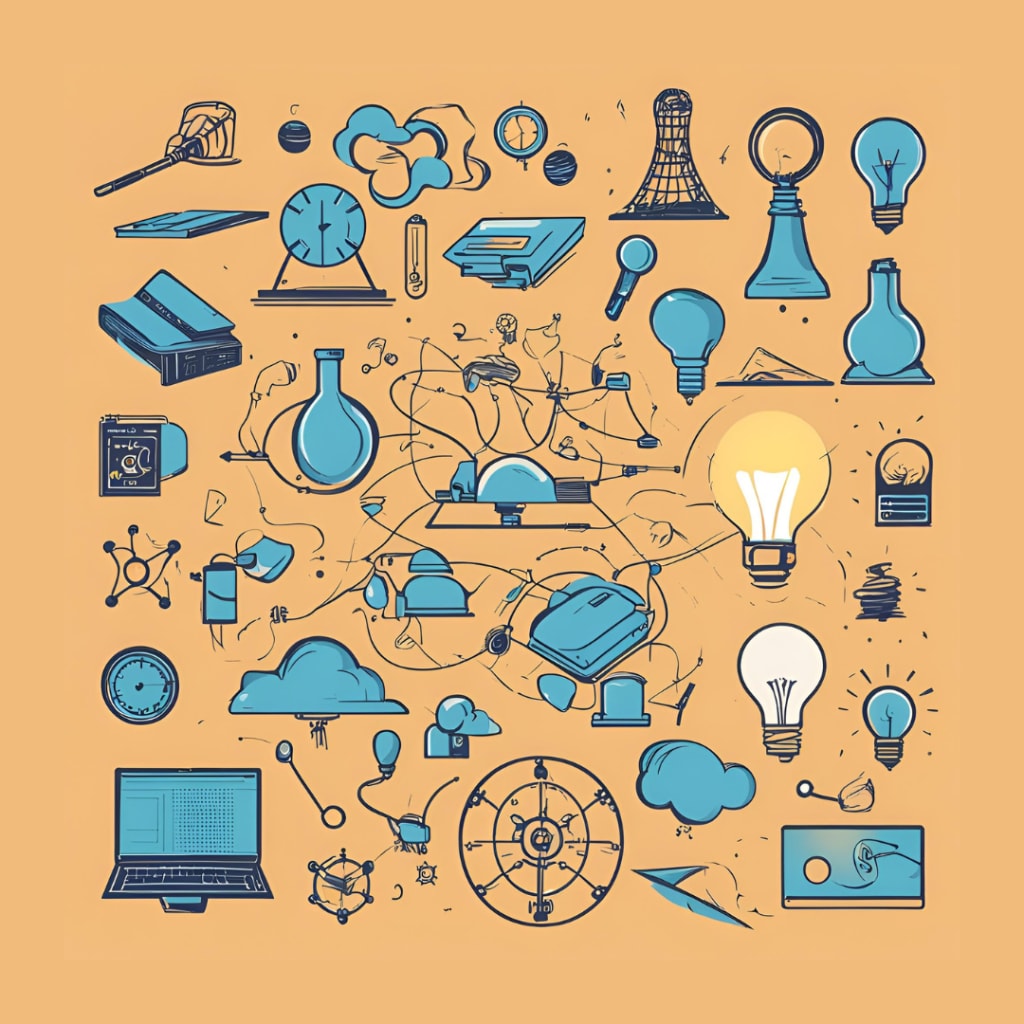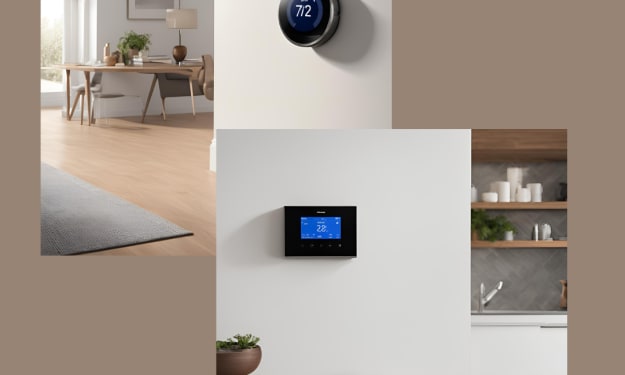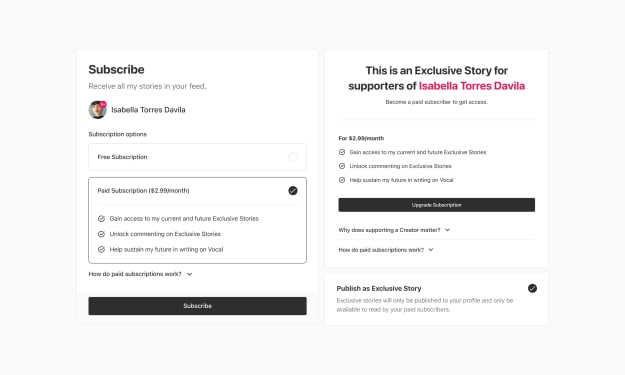How to solve the problem and create new product from ideas of some available old one?
From an Existing Method to Create a New Similar Product

From an Existing Method to Create a New Similar Product
Innovation often springs from reimagining existing methods to create new and exciting products. In the personal care industry, the electric toothbrush, exemplified by the Philips Sonicare, has set a high standard for oral hygiene since its initial release in 1992. With advanced cleaning technology and user-friendly design, it has undergone numerous updates over the years. This same technology inspired the development of electric facial cleansing brushes. Products like the FOREO Luna 3, which began selling in June 2019, offer deep cleaning, exfoliation, and facial massage. By adapting the meticulous cleaning principles of electric toothbrushes to skincare, a new genre of personal care tools emerged, promising users a spa-like experience at home. This transition from oral hygiene to skincare highlights the potential of existing technologies to enhance various aspects of personal care.
Similarly, the fitness industry saw an innovative leap through the evolution of smart fitness trackers. Fitbit began selling its first device, the Fitbit Tracker, in 2009, revolutionizing how we monitor our health by tracking steps, heart rates, and sleep patterns. Inspired by this success, the concept of smart hydration reminders was born. The HidrateSpark PRO Smart Water Bottle, which started selling in 2020, tracks water intake, reminds users to stay hydrated, and syncs with fitness apps for comprehensive health monitoring. This seamless progression from tracking physical activity to ensuring proper hydration underscores the continuous expansion of health technology, integrating it more deeply into daily life.
These stories of reimagining existing methods to create new products showcase the endless possibilities for innovation and the transformative impact of technology on everyday routines. The journey from the Philips Sonicare in 1992 to the FOREO Luna 3 in 2019, and from the Fitbit Tracker in 2009 to the HidrateSpark PRO Smart Water Bottle in 2020, raises an interesting question: why does it take so long for innovation to occur, and can we use our experiences to shorten the time needed to bring new products to market? By learning from past innovations and leveraging existing technologies more efficiently, there is potential to accelerate the development of future groundbreaking products.
From an Available Solution of One Industry or Another Field, Switch to an Idea to Solve the Problem
In the dynamic landscape of innovation, solutions often emerge from unexpected intersections of technology and industry. Take, for example, the home security industry, which found inspiration in the realm of smart home devices. The Google Nest Learning Thermostat, a best seller on Amazon since its introduction in 2011, revolutionized climate control by adapting to user preferences and allowing remote adjustments via smartphone. This concept of seamless remote management was soon adapted to create a cutting-edge smart security system in 2014, offering live video feeds, motion detection alerts, and remote door locking capabilities. The elegant blend of comfort and safety exemplified how ideas from one field can ingeniously address challenges in another.
Similarly, the logistics industry experienced a breakthrough by borrowing from the world of pet care. GPS pet trackers, such as the Whistle Go Explore, which became available in 2019, have long been a mover and shaker on Amazon, ensuring the safety of pets through real-time location updates. Inspired by this technology, logistics companies swiftly developed advanced shipment tracking systems. These new systems, launched in 2020, provide unparalleled accuracy and efficiency, enabling real-time location tracking, route optimization, and environmental condition monitoring for sensitive shipments. The transition from safeguarding pets to securing cargo showcased the universal need for reliability and peace of mind, illustrating the remarkable adaptability of existing solutions to solve new problems. These stories of cross-industry innovation highlight the boundless creativity that drives progress and transforms everyday products and experiences.
About the Creator
BRIAN LE
As a writer specializing in the integration of technologies and innovative methodologies, my passion lies in leveraging advanced creative thinking strategies to drive significant advancements and create impactful solutions.






Comments (1)
It is a great lifehack dear.